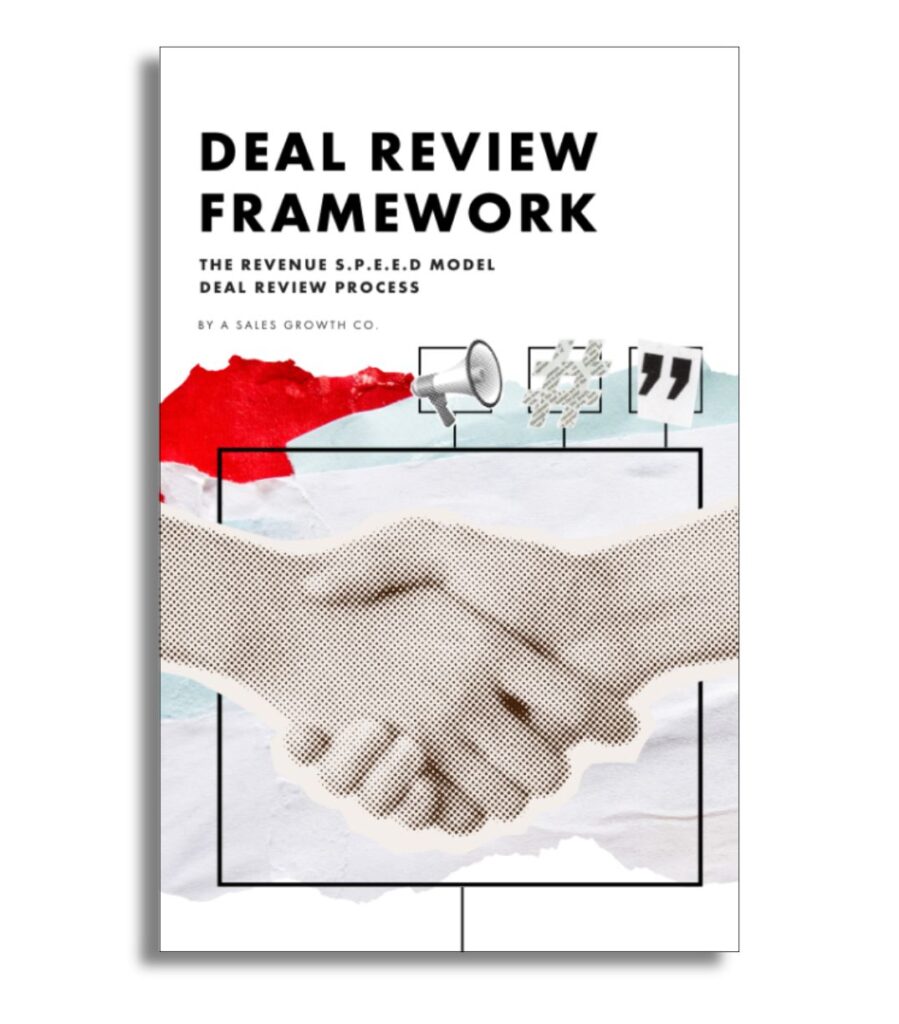There’s a whole bunch of stuff that goes into a CRM. Sometimes it’s useful, others it’s as useful as a screen door on a submarine. I don’t care what your CRM currently looks like or what requirements your organization has laid out. There’s ONE entry that MUST be in every opportunity record. It needs to be the first thing that gets entered for every opportunity.
Every CRM Entry Needs a Problem Statement
The very first thing that goes into the CRM for a new opportunity must be the problem(s) the client is facing and why it needs to be fixed.
Problem Statement
We want a clear, concise description of what’s keeping the prospect awake at night. The business problem and the technical problems are the reason they’re willing to speak to you in the first place.
Motivation
Secondly, we need the impact of the problem and why fixing it matters. This is what drives the desire to change. Without this, we can’t sell effectively.
Every sale begins and ends with these two pieces.
Implementing Problem Statements and motivations
We need to make the foundation of every sales opportunity the customer’s problem set and motivation for change. Everything depends on it.
Customers buy because they have a problem motivating them to change. Document that.
Here’s how to start:
Be specific
Vague problem information is useless. ‘We’re losing money’ isn’t enough. How much? Why? Since when?
Quantify the impact
Put numbers to the problem. ‘Inefficient process’ becomes ‘a manual process wasting 20 hours per week, costing $2,000 in overtime and $2,000 in off schedule shipping.’
Link to Business Goals
Connect the problem to the prospect’s broader objectives. How does solving the problem align with their goals for growth or acquisition?
Document the Urgency
Why does this need to be solved now? Does the cost of inaction outweigh the cost of action? By how much?
Update Regularly
The more you talk, the more you learn, refine the problem statement and motivation. Treat it as a living thing.
Make it visible
The problem and motivation should be prominently displayed in the CRM. Make sure it’s the first thing everyone sees when they open the opportunity.
Use it in the sales process
Reference this information in demos, recommendations, presentations, and negotiations.
Words of Caution
The following happens all the time with new Gap Sellers. Keep an eye out for these:
Surface-level Problems
‘They need a new system’, they don’t have our product’, or ‘they’re missing out on revenue’ are not problem statements. We need real, definable problems.
Ignoring the Why
Knowing what’s broken is good but won’t be enough. You must be able to articulate why it’s important to fix.
Copy & Paste
Every customer’s problem statement will at minimum be slightly different. Don’t copy and paste old information to a new customer.
Waiting
Document immediately. The longer you wait the more details you’ll forget.
Withholding Info
This isn’t your information. Give it to the entire team. Make sure everyone can easily catch up on an opportunity and the problem.
Failing to update
Update every minor detail every chance you get. Your understanding should evolve every time you speak with a prospect.
Using the Problem statement
Use the problem statement at each point in the sales process.
Recommendation
Reference the problem statements and motivations when you’re presenting your solution. Make it relevant to the things they’ve agreed are holding them back.
Handle Objections
There will always be pushback. Prepare counter arguments based on the problem/motivation and speak directly to those concerns using the information you have.
Re-engage cold prospects
Sometimes, regardless of how well defined the problem, impact, and root cause is, clients will still disappear. Use this information to re-engage them with an ‘I’m confused’ statement. (More on that here)
Your CRM is only as good as the data that you put in. The most critical information is the problem statement and motivation. Do it first, do it right, and do it every time.



0 Comments